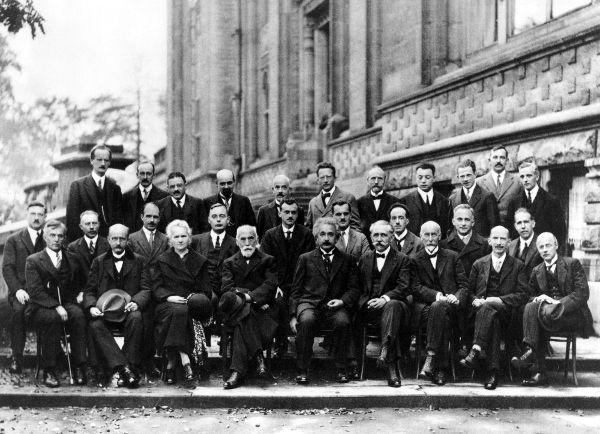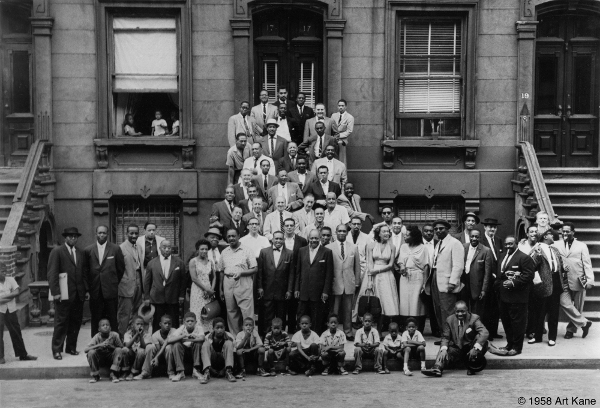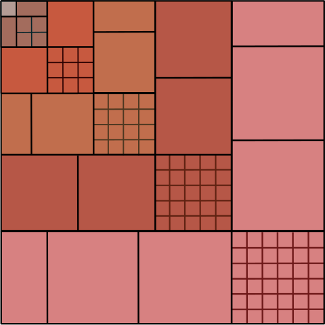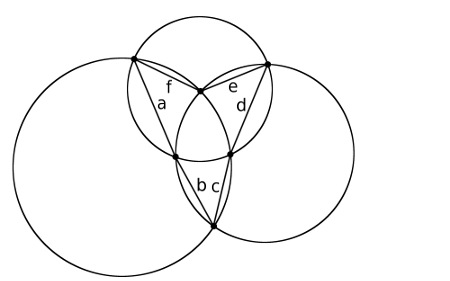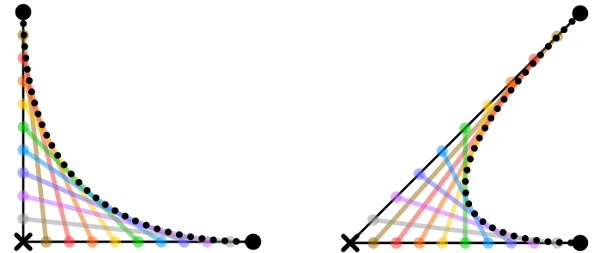
Mary Everest Boole, the wife of logician George Boole, was an accomplished mathematician in her own right. In order to convey mathematical ideas to young people she invented “curve stitching,” the practice of constructing straight-line envelopes by stitching colored thread through a pattern of holes pricked in cardboard. In each of the examples above, two straight lines are punctuated with holes at equal intervals, defining a quadratic Bézier curve. When the holes are connected with thread as shown, their envelope traces a segment of a parabola.
“Once the fundamental idea of the method has been mastered, anyone interested can construct his own designs,” writes Martyn Cundy in Mathematical Models (1952). “Exact algebraic curves will usually need unequal spacing of the holes and therefore more calculation will be required to produce them; it is surprising, however, what a variety of beautiful figures can be executed which are based on the simple principle of equal spacing.”
The American Mathematical Society has some patterns and resources.


